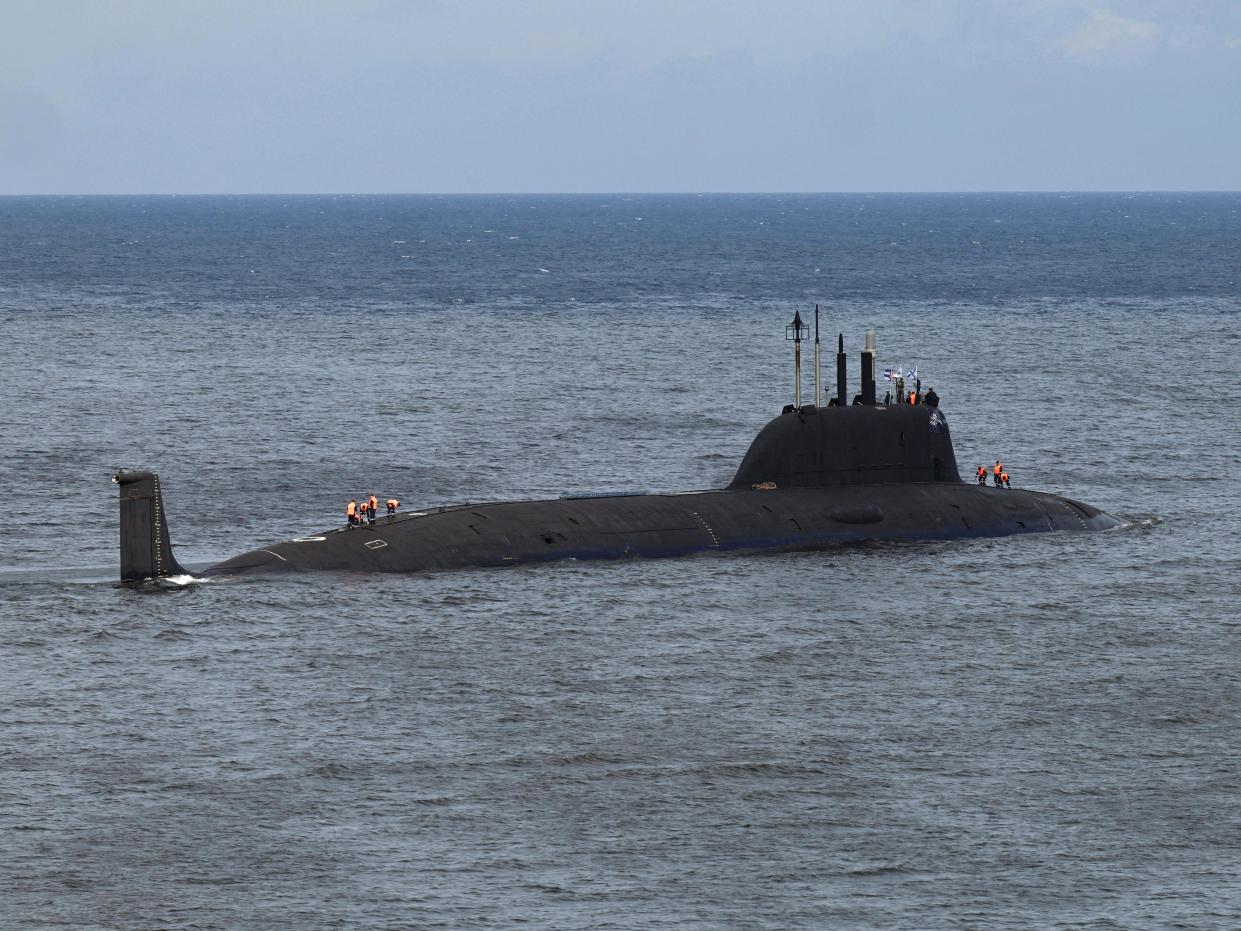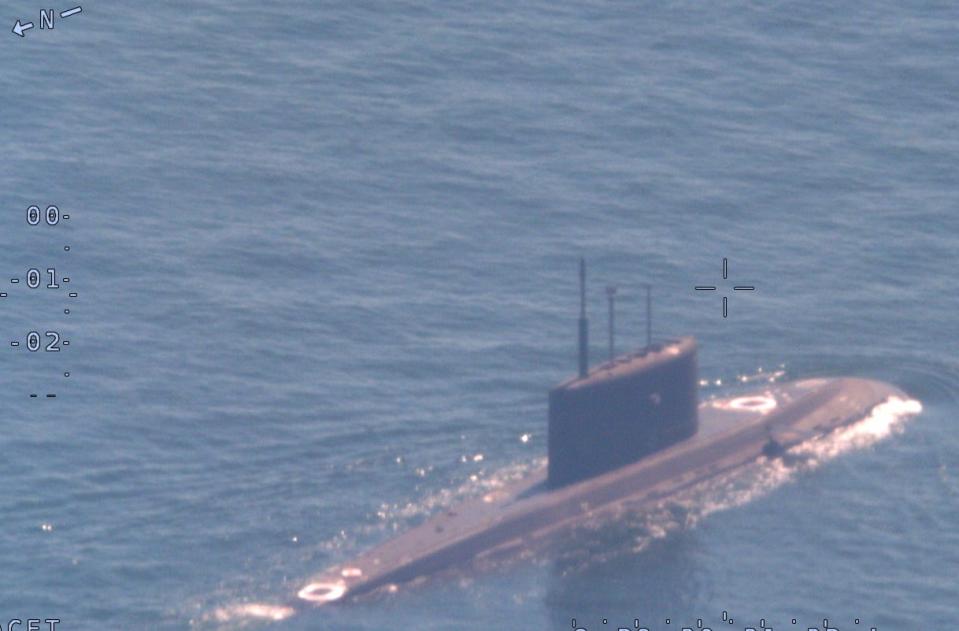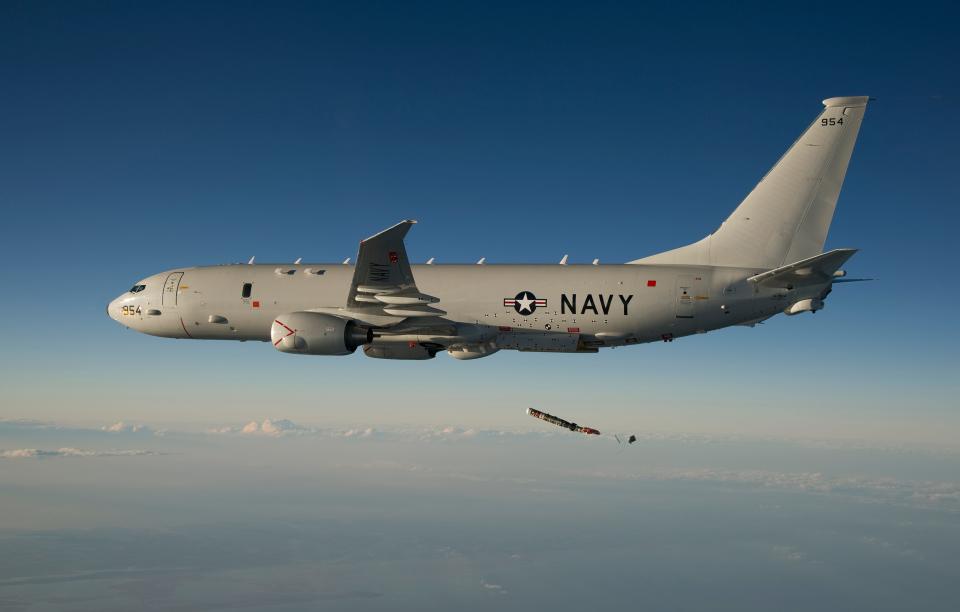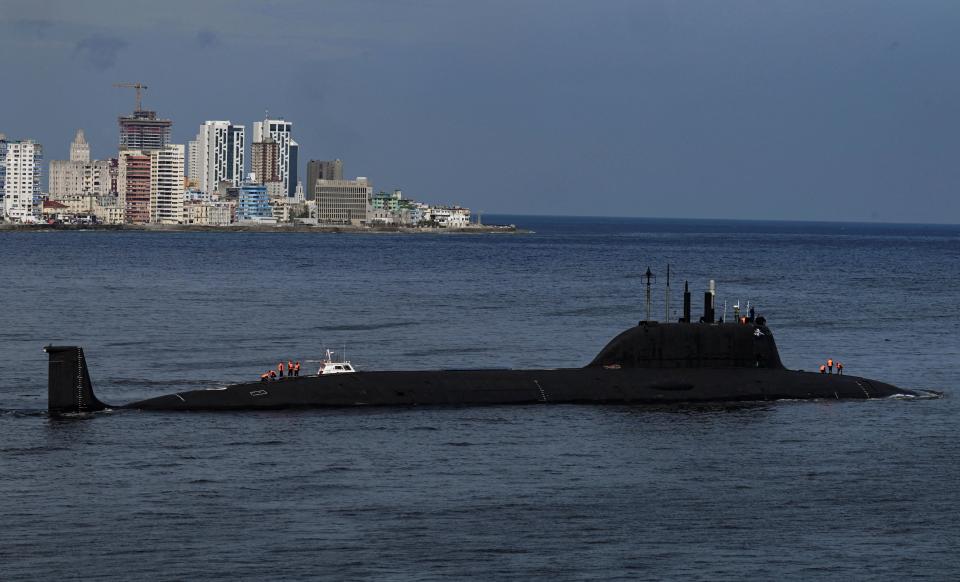What US sub-hunter planes can learn watching advanced Russian submarines like the one that showed up near Florida

Russian submarines have recently been spotted in Cuba and the Baltic Sea.
US and allied anti-submarine warfare planes can collect valuable information on these vessels.
Building an acoustic profile of the submarine can help make it easier to identify and track them.
Russian submarines have surfaced on the doorsteps of the US and other NATO allies in recent weeks. Though not particularly alarming, anti-submarine warfare planes were dispatched to keep tabs on them.
Shadowing the submarines offers a chance to gather data on the vessels, giving the US and its allies a better understanding of how to identify and track them.
Data collected recently could be particularly useful for understanding more about the acoustic profile of submarines such as the Kazan, one of a relatively new class of stealthy strike submarines that has long concerned US and Western militaries.
The Kazan, a Russian nuclear-powered cruise missile sub, arrived in Cuba last month for a five-day official visit along with other vessels, including the Admiral Gorshkov frigate. Before the warships docked in Havana, at least three US guided-missile destroyers and a P-8A Poseidon maritime patrol aircraft monitored their movements as the vessels sailed in waters near the US.

A few weeks later, a Portuguese P-3 Orion anti-submarine warfare and maritime surveillance aircraft captured photos of a Russian submarine operating in the Baltic Sea. It was spotted around the same time Russia said it was conducting maritime training exercises with two submarines in the region. The photographs showed the Russian sub surfacing in the water and were shared by NATO on X.
Bryan Clark, a retired US Navy officer who's a defense expert at the Hudson Institute, said both cases provided potentially useful opportunities to gather "acoustic intelligence" on the vessels.
Such intelligence could include the various acoustic elements, how to differentiate it from other feedback in noisy or compromised environments, and information beneficial in training the aircrews on how to identify and track them.
The P-8A Poseidon and P-3 Orion are anti-submarine warplanes designed for maritime intelligence and the surveillance of submarines, among other missions. The P-8A, introduced to the US Navy in 2013 as a P-3 replacement, is considered one of the most advanced and highly regarded maritime patrol aircraft in service. It features a variety of technical capabilities on board for detecting, tracking, and learning about subs and ships.
Both planes are used by the US and its allies and have — along with other anti-submarine warfare capabilities — seen increased use in recent years as NATO countries look to manage Russia's submarine threat more closely.

Searching the seas for submarines
Submarine hunting can be complicated and involves sweeping large swaths of open ocean for possible threats. Much of the time, the role of P-8s and P-3s is surveillance and deterrence rather than any sort of escalation. The presence of sub-hunter planes indicates a navy's ability to maintain awareness and threat detection.
A US Navy captain previously told Business Insider the process typically involved dropping sonobuoys into the water and then using those to listen around for the submarine. She said it was both "an art and a science" because of the complexity of the process.
When the Kazan sailed to Cuba last month, it was a useful opportunity for the US to get data on one of Russia's more capable submarines.
As Tom Shugart, a retired US Navy submarine officer who's an adjunct senior fellow at the Center for a New American Security, said, gathering acoustic information is helpful for identifying the submarine against its larger, noisier environment, a "proverbial needle (a quiet submarine)" in "a haystack (the big, loud ocean)."
The Kazan is the second sub of the Russian navy's newer Yasen class, also known as the Severodvinsk class, but the first of the new, upgraded design, the Yasen-M, featuring a smaller size and a quieter reactor. Western officials have previously said their naval forces have trouble finding these subs and have sometimes lost track of them at sea.
The Yasen-class submarines are also a threatening strike capability, heavily armed to strike land- and sea-based targets with little to no warning. The Kazan can carry Oniks and Caliber cruise missiles and, eventually, the new Zircon hypersonic missiles.

With the recent trip to Cuba, Russia appears to have calculated that exposing the Kazan to US aircraft — thereby letting the West gather more information on it — was worth it to project naval power.
Clark said the move carried risks since Russia wasn't able to sanitize the area or minimize the exposure of the sub to US vessels, planes, and other surveillance capabilities.
That's not unlike the Russian sub recently spotted by Portugal in the Baltic Sea right around the time Russia said two of its submarines, the Kilo-class diesel-electric subs Novorossiysk and Dmitrov, were conducting training in the area.
Russia said the exercises were occurring in the Baltic Sea, a body of water almost entirely surrounded by NATO allies.
It's unclear whether either the Novorossiysk or Dmitrov is the submarine photographed by the Portuguese P-3 plane, but the Russian sub drills in the Baltic Sea would have been an ideal opportunity for NATO partners to gather acoustic information and other data.
Submarine tracking by maritime patrol aircraft is a routine practice for the US and its allies aimed at helping maintain their military edge in the undersea domain. US rivals have similar capabilities.
Read the original article on Business Insider

